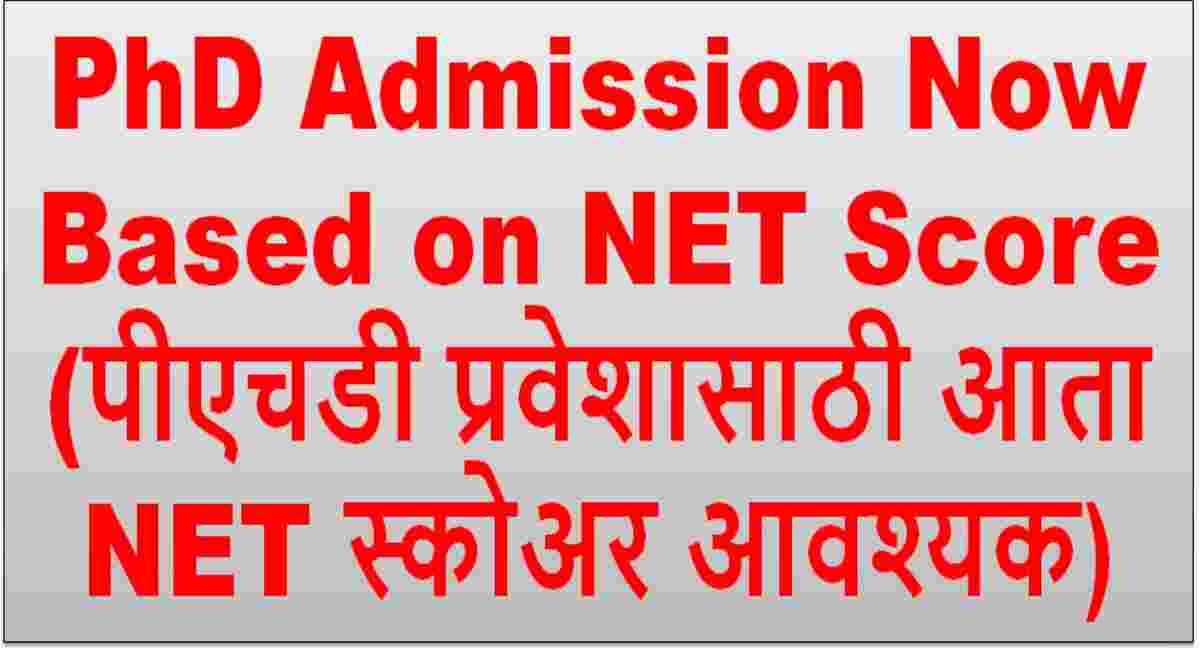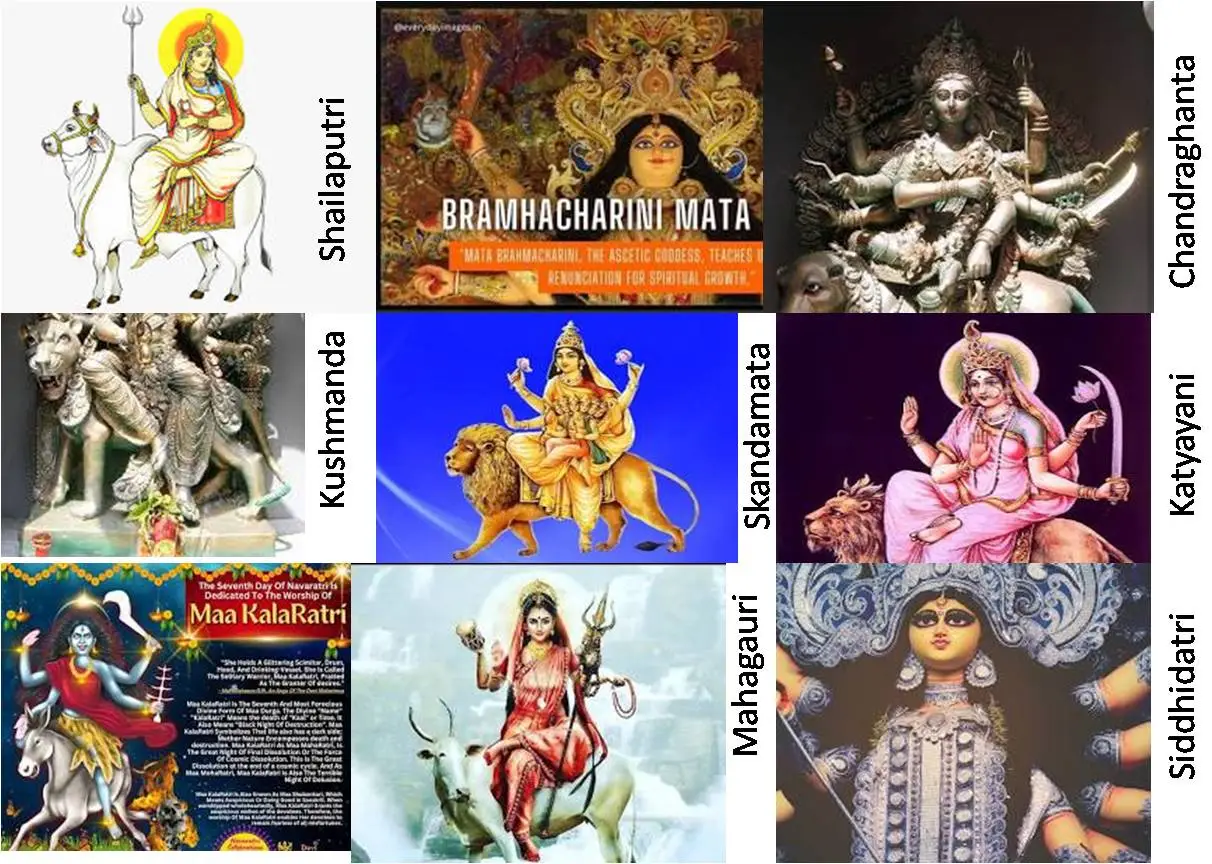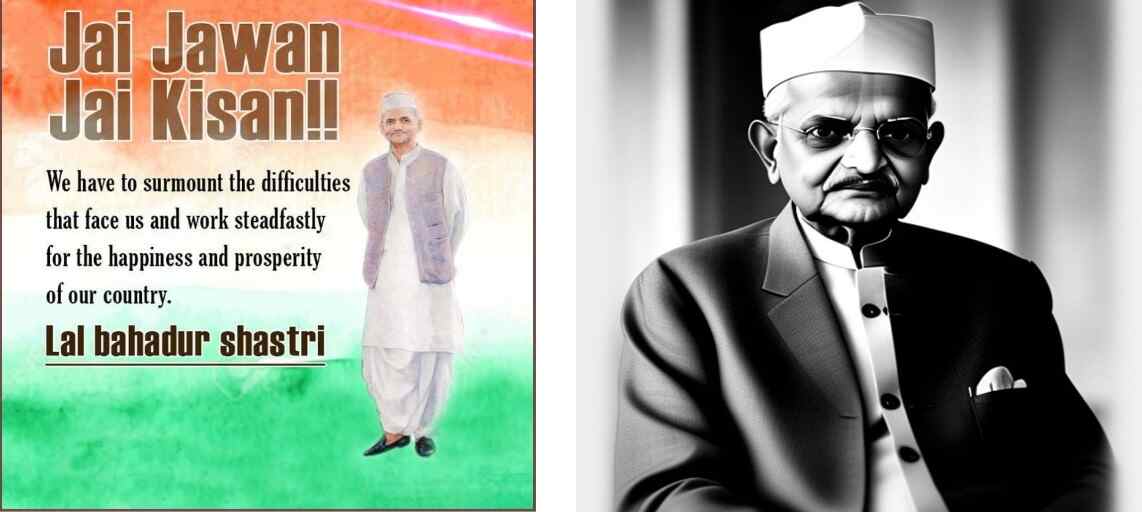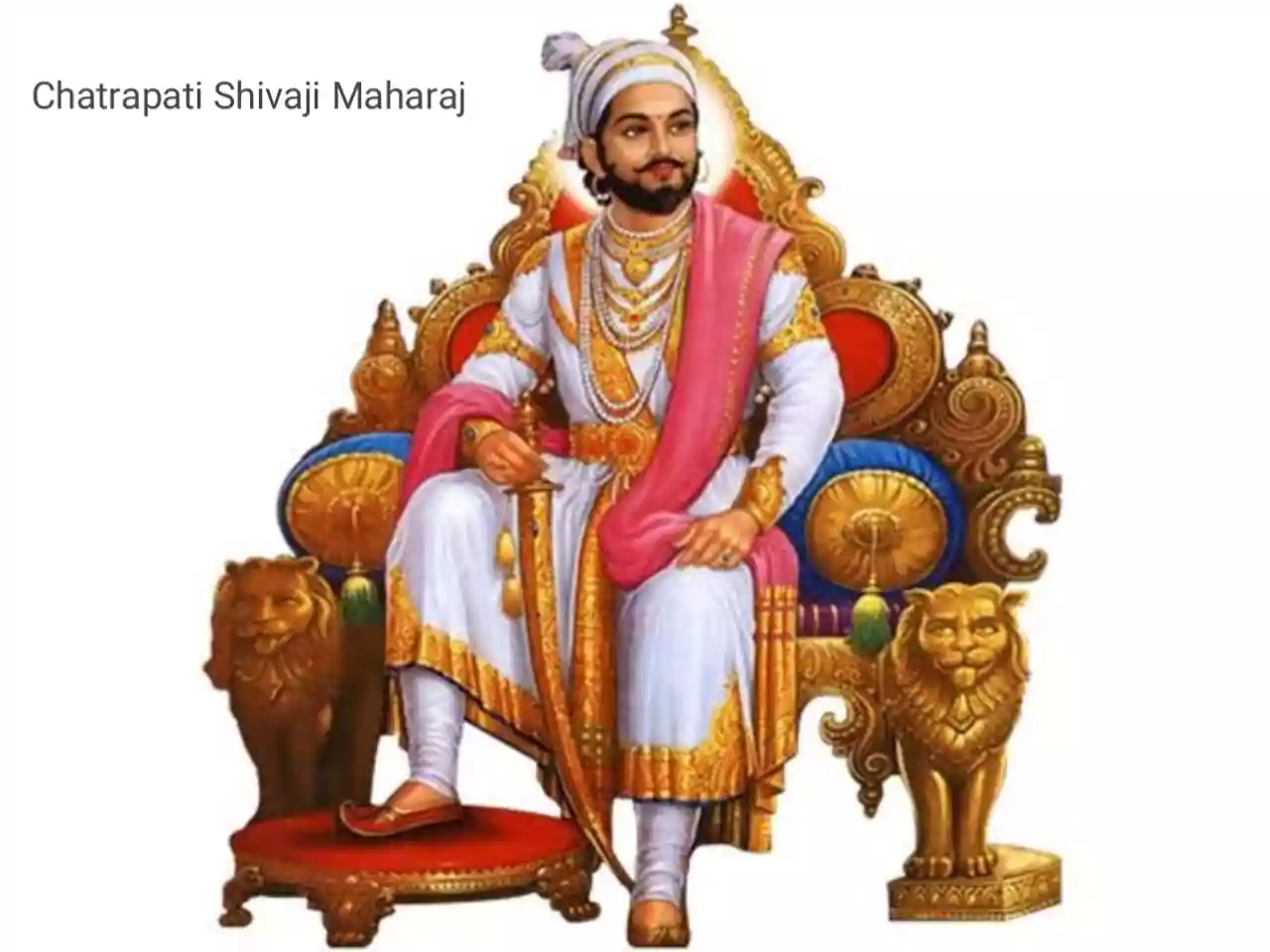Indian Education System: It is one of the largest and most diverse in the world. With a rich history that dates back thousands of years, India has evolved its education framework to accommodate the needs of a rapidly growing population. From ancient gurukuls to modern-day schools and universities, the Indian education system has undergone significant transformations, making it a fascinating subject for study.
Historical Background of Indian Education System
Ancient Education: The Gurukul System
In ancient India, education was primarily imparted through the Gurukul system, where students lived with their teachers in ashrams (hermitages) and learned a wide range of subjects, including Vedic scriptures, philosophy, mathematics, and the arts. This system emphasized holistic development, including physical, mental, and spiritual growth.
Medieval Period: Islamic Influence
During the medieval period, with the advent of Islamic rule, the education system in India saw the establishment of madrasas, which focused on religious and secular education. Subjects like theology, astronomy, medicine, and literature were taught, blending Indian and Islamic knowledge traditions.
Colonial Era: British Education System
The British colonial period introduced a more formal and structured education system, which laid the foundation for modern education in India. English became the medium of instruction, and Western education models were adopted. The focus shifted towards subjects like science, mathematics, and humanities, preparing Indians for administrative roles under British rule.
Structure of the Indian Education System
Pre-Primary Education
Pre-primary education in India caters to children aged 3 to 6 years and includes nursery and kindergarten classes. This stage is crucial for early childhood development, focusing on basic literacy, numeracy, and social skills.
Primary Education
Primary education in India typically starts at age 6 and continues until age 14, covering grades 1 to 8. The government has made primary education free and compulsory under the Right to Education (RTE) Act. This stage emphasizes foundational learning in subjects like language, mathematics, environmental studies, and social sciences.
Secondary and Higher Secondary Education
Secondary education covers grades 9 to 10, followed by higher secondary education (grades 11 to 12). At this stage, students are introduced to more specialized subjects, and the curriculum becomes more rigorous. The higher secondary stage allows students to choose between streams like science, commerce, and humanities, preparing them for higher education or vocational training.
Higher Education
India’s higher education system is vast, comprising universities, colleges, and specialized institutions. After completing grade 12, students can pursue undergraduate degrees, followed by postgraduate and doctoral studies. India has a mix of public and private institutions, with some universities gaining international recognition for their academic excellence.
Challenges Facing the Indian Education System
Quality of Education
One of the most significant challenges is ensuring the quality of education across the country. While urban areas have access to well-resourced schools and colleges, rural regions often suffer from a lack of infrastructure, qualified teachers, and learning materials.
Access to Education
Despite the RTE Act, access to education remains a challenge, especially for marginalized communities. Factors like poverty, gender inequality, and social discrimination often hinder children from attending school.
Overemphasis on Examinations
The Indian education system has been criticized for its overemphasis on rote learning and examinations. The high-stakes nature of board exams often leads to stress and hampers the development of critical thinking and creativity among students.
Teacher Training and Development
There is a need for continuous professional development and training for teachers to adapt to new teaching methodologies and technologies. Many teachers in India lack access to such training, impacting the overall quality of education.
Government Initiatives to Improve Education
National Education Policy (NEP) 2020
The NEP 2020 is a comprehensive policy aimed at overhauling the Indian education system. It introduces several reforms, including a new curricular structure (5+3+3+4), the promotion of multilingualism, and the integration of vocational education. The NEP also emphasizes holistic development, critical thinking, and experiential learning.
Digital Education Initiatives
With the rise of technology, the Indian government has launched several digital education initiatives, such as DIKSHA (Digital Infrastructure for Knowledge Sharing) and SWAYAM (Study Webs of Active Learning for Young Aspiring Minds). These platforms provide online resources, courses, and training for students and teachers, bridging the gap between urban and rural education.
Mid-Day Meal Scheme
The Mid-Day Meal Scheme is one of the largest school meal programs in the world, aimed at improving the nutritional status of children and encouraging school attendance. By providing free meals to students, the program addresses both hunger and education simultaneously.
The Role of Private Sector in Indian Education
Private Schools and Colleges
The private sector plays a significant role in India’s education landscape. Private schools and colleges often offer better infrastructure, experienced faculty, and a wider range of extracurricular activities compared to their government counterparts. However, they are also criticized for being expensive and contributing to educational inequality.
EdTech and Online Learning Platforms
The rise of EdTech companies in India has revolutionized the way education is delivered. Platforms like BYJU’S, Unacademy, and Vedantu offer personalized learning experiences through online classes, tutorials, and interactive content. These platforms have become especially popular during the COVID-19 pandemic, providing continuity in education despite school closures.
Future Prospects of the Indian Education System
Shift Towards Skill-Based Education
There is a growing recognition of the need for skill-based education in India. The NEP 2020 emphasizes vocational training and skill development from an early age, preparing students for the job market and entrepreneurship. This shift is expected to reduce the gap between education and employability.
Increased Focus on Research and Innovation
India aims to become a global hub for research and innovation. The government is encouraging higher education institutions to focus on research, provide funding, and collaborate with international universities. This initiative is expected to enhance India’s position in global education rankings.
Globalization and Internationalization
With the rise of globalization, Indian educational institutions are increasingly collaborating with foreign universities. Exchange programs, joint research projects, and dual-degree options are becoming more common, providing Indian students with global exposure and opportunities.
Conclusion
The Indian education system, with its deep historical roots and evolving structure, is at a crossroads. While it faces significant challenges, there are also numerous opportunities for growth and improvement. Government initiatives, coupled with the active involvement of the private sector, can drive the Indian education system towards a more inclusive, equitable, and quality-driven future.
FAQs
- What are the key reforms introduced by the National Education Policy (NEP) 2020?
- The NEP 2020 introduces a new curricular structure, emphasizes multilingualism, integrates vocational education, and focuses on holistic development and experiential learning.
2. How does the Mid-Day Meal Scheme benefit students?
- The Mid-Day Meal Scheme improves the nutritional status of students and encourages school attendance by providing free meals, especially in rural and underprivileged areas.
3. What challenges does the Indian education system face?
- The system faces challenges such as quality disparities, access issues, an overemphasis on exams, and the need for better teacher training and development.
4. How is technology impacting education in India?
- Technology is revolutionizing education through digital initiatives and EdTech platforms, offering online resources, personalized learning, and bridging the urban-rural divide.
5. What is the future outlook for the Indian education system?
- The future looks promising with a shift towards skill-based education, increased focus on research and innovation, and greater international collaboration and globalization.












